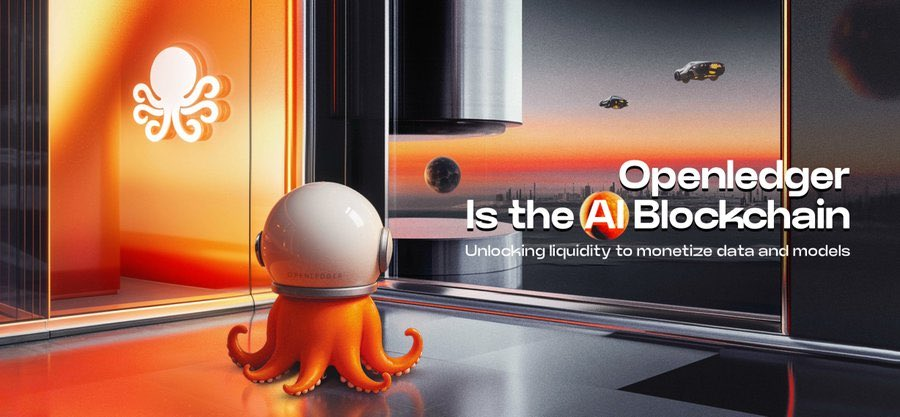[GUEST ACCESS MODE: Data is scrambled or limited to provide examples. Make requests using your API key to unlock full data. Check https://lunarcrush.ai/auth for authentication information.]  Marques Ken [@Ken_marque](/creator/twitter/Ken_marque) on x 16.9K followers Created: 2025-07-25 08:11:01 UTC Over the past week, I explored @OpenledgerHQ's model factory and what stood out wasn’t just what it can build, but how it builds. You start with a use case, tap into tagged datasets from onchain Datanets and minutes later you’ve got a functional AI agent.... complete with retrieval logic and traceable responses. No CLI, no setup headaches. It feels more like filling out a form than coding. But the real innovation is Proof of Attribution. Unlike most AI workflows where data contributors are invisible, Model factory credits them onchain. Transparency and fairness are built into the model creation itself. And for domain specific agents, this is a game changer. Most enterprises still struggle with generic foundation models. OpenLedger flips that letting teams build logic- and context-aware agents, deployable via OpenLoRA, its Web3 native AI runtime. The whole interface is GUI based, lowering the barrier for teams building internal tools or customer facing bots. It’s not without trade offs. The ecosystem is early. Community depth and production level scale still need proving. But as an onchain-native AI framework, it’s already punching above its weight. If you care about ownership, transparency, and composable AI infra then, Model factory might be the most Web3 native approach we’ve seen so far.  XXXXX engagements  **Related Topics** [cli](/topic/cli) [coins ai](/topic/coins-ai) [onchain](/topic/onchain) [Post Link](https://x.com/Ken_marque/status/1948657224160870743)
[GUEST ACCESS MODE: Data is scrambled or limited to provide examples. Make requests using your API key to unlock full data. Check https://lunarcrush.ai/auth for authentication information.]
 Marques Ken @Ken_marque on x 16.9K followers
Created: 2025-07-25 08:11:01 UTC
Marques Ken @Ken_marque on x 16.9K followers
Created: 2025-07-25 08:11:01 UTC
Over the past week, I explored @OpenledgerHQ's model factory and what stood out wasn’t just what it can build, but how it builds.
You start with a use case, tap into tagged datasets from onchain Datanets and minutes later you’ve got a functional AI agent.... complete with retrieval logic and traceable responses.
No CLI, no setup headaches. It feels more like filling out a form than coding.
But the real innovation is Proof of Attribution.
Unlike most AI workflows where data contributors are invisible, Model factory credits them onchain.
Transparency and fairness are built into the model creation itself.
And for domain specific agents, this is a game changer.
Most enterprises still struggle with generic foundation models.
OpenLedger flips that letting teams build logic- and context-aware agents, deployable via OpenLoRA, its Web3 native AI runtime.
The whole interface is GUI based, lowering the barrier for teams building internal tools or customer facing bots.
It’s not without trade offs. The ecosystem is early. Community depth and production level scale still need proving.
But as an onchain-native AI framework, it’s already punching above its weight.
If you care about ownership, transparency, and composable AI infra then, Model factory might be the most Web3 native approach we’ve seen so far.

XXXXX engagements